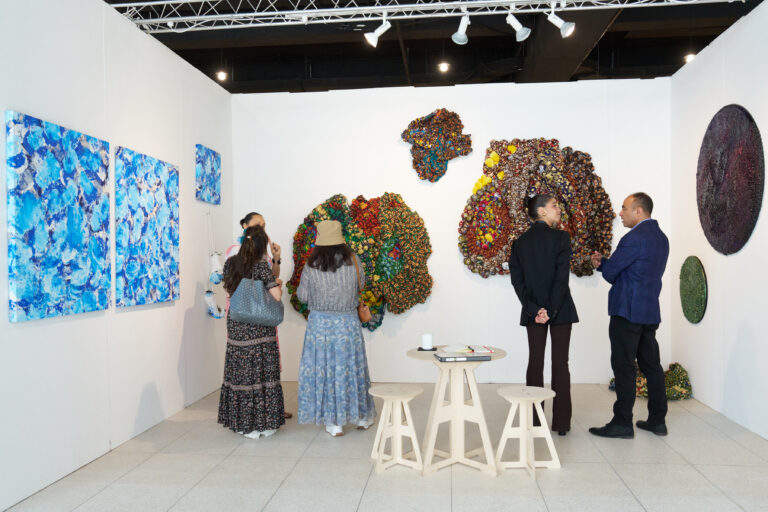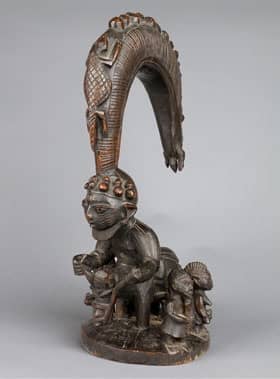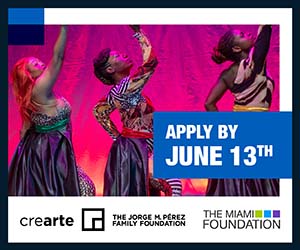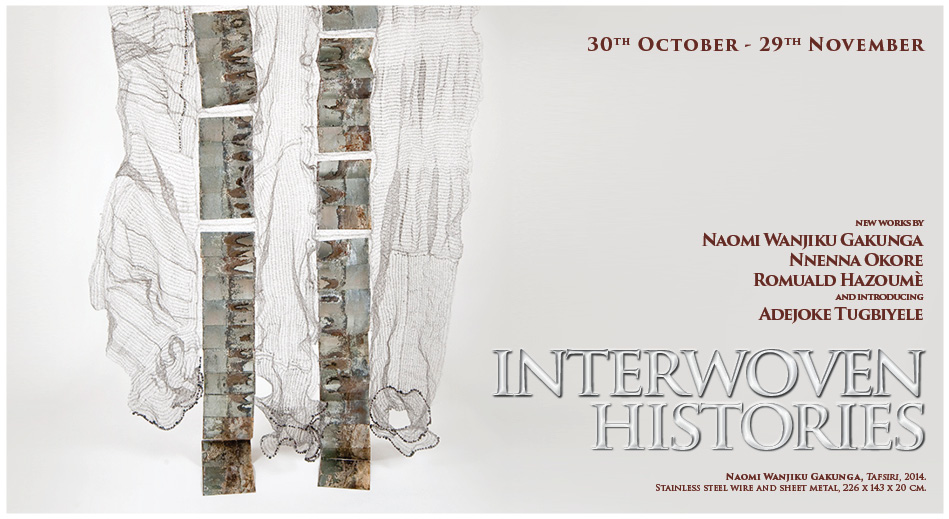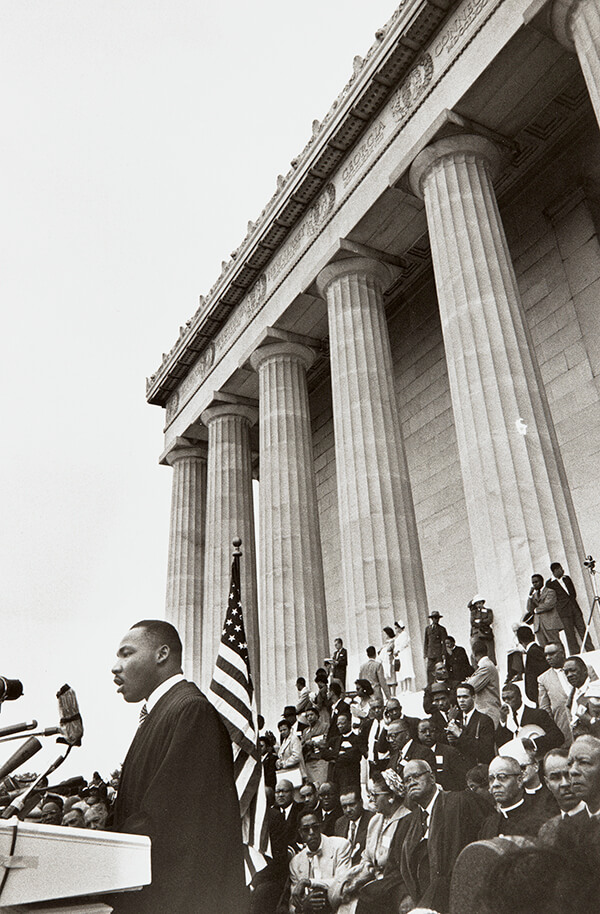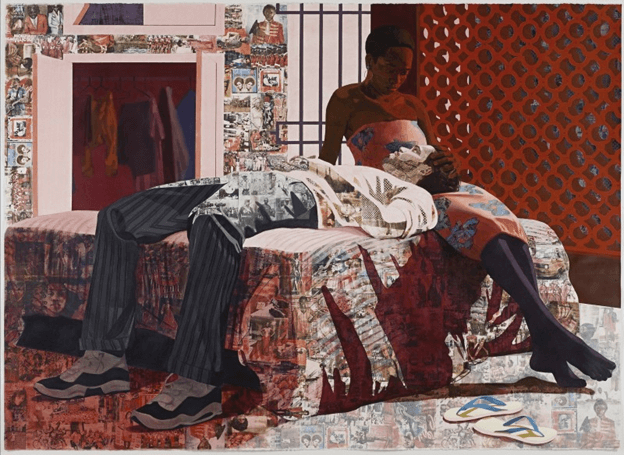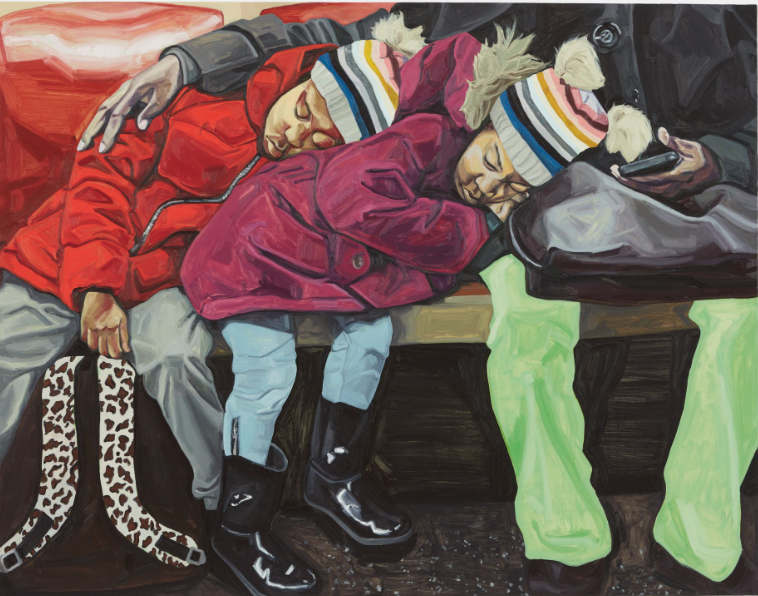This fall the Fleming Museum of Art presents the exhibition Spirited Things: Sacred Arts of the Black Atlantic, drawn from the Sacred Arts of the Black Atlantic Collection (SABA) at Duke University. This collection is the product of 35 years of ethnographic research by J. Lorand Matory, Lawrence Richardson Professor of Cultural Anthropology and Director of the SABA Project at Duke University, and James Marsh Professor-at-Large at the University of Vermont. The exhibition will include sacred objects from the Yoruba religion of West Africa, as well as Haitian Vodou, Cuban Santería, Brazilian Candomblé, and Caribbean Spiritism, faiths that emerged from the practices of enslaved Africans who blended their ancestral cultures with that of their captors.
Counteracting the historical use of the term “fetish” to describe these objects, which served to denigrate African religious practices as barbaric, the exhibition focuses on how belief and ritual can animate objects in ways that express nuanced relationships among members of a society, and between them and their gods. An introductory section titled “Demystifying the Fetish” demonstrates that this is no less true of Euro-American culture than it is of the African diaspora. Other sections similarly challenge assumptions about traditional power hierarchies. For example, in these traditions, both men and women have distinct areas of power; this is made evident by a fluid, situational gender identity based on power roles rather than biological sex, where both men and women can be husbands to some people and wives to others. Other objects illustrate not only the hierarchy of royalty vs. subject or master vs. slave, but also the ways in which slave spirits are invested with tremendous powers of their own. Some of the very objects that were traded for African bodies during the slave trade—glass beads, cowry shells, and rum—are shown to have been reinvested with sacred power within societies of the African diaspora.
In a striking and unprecedented installation, the exhibition will be anchored by four altars, highlighting the ways that objects in these religions are activated by arrangement, ritual, food, water, and light. The public has the exciting opportunity to view and take part in the activation of two of these altars. Museum visitors on Tuesday, September 26, and Wednesday, September 27, will see practitioner Willie Zapata at work as he creates a Cuban Santería anniversary altar. On Wednesday, October 11, Haitian Vodou priestess Marie Maude Evans will give a lecture, and on Thursday, October 12, she will lead a ritual celebration open to the public that will feature drummers and dancers.
Through this dynamic exhibition and the variety of associated programs, visitors will come to see how people emotionally and ritually activate material objects, imbuing them with sacred power. In doing so, they create not only representations of their relationships with the gods, but also their complex relationships with each other.
Spirited Things: Sacred Arts of the Black Atlantic is supported by the University of Vermont James Marsh Professor-at-Large Program. The title of the exhibition was borrowed, with permission, from the book Spirited Things: The Work of “Possession” in Afro-Atlantic Religions, edited by Paul C. Johnson (Chicago: University of Chicago Press, 2014).
